Chetna Makan on her street food journey covering the four corners of India
From driving a four-hour round trip for spices in England to Mumbai’s influx of pizza street food stalls, Emma Henderson talks to Chetna Makan about her second cookbook, ‘Chai, Chaat & Chutney’
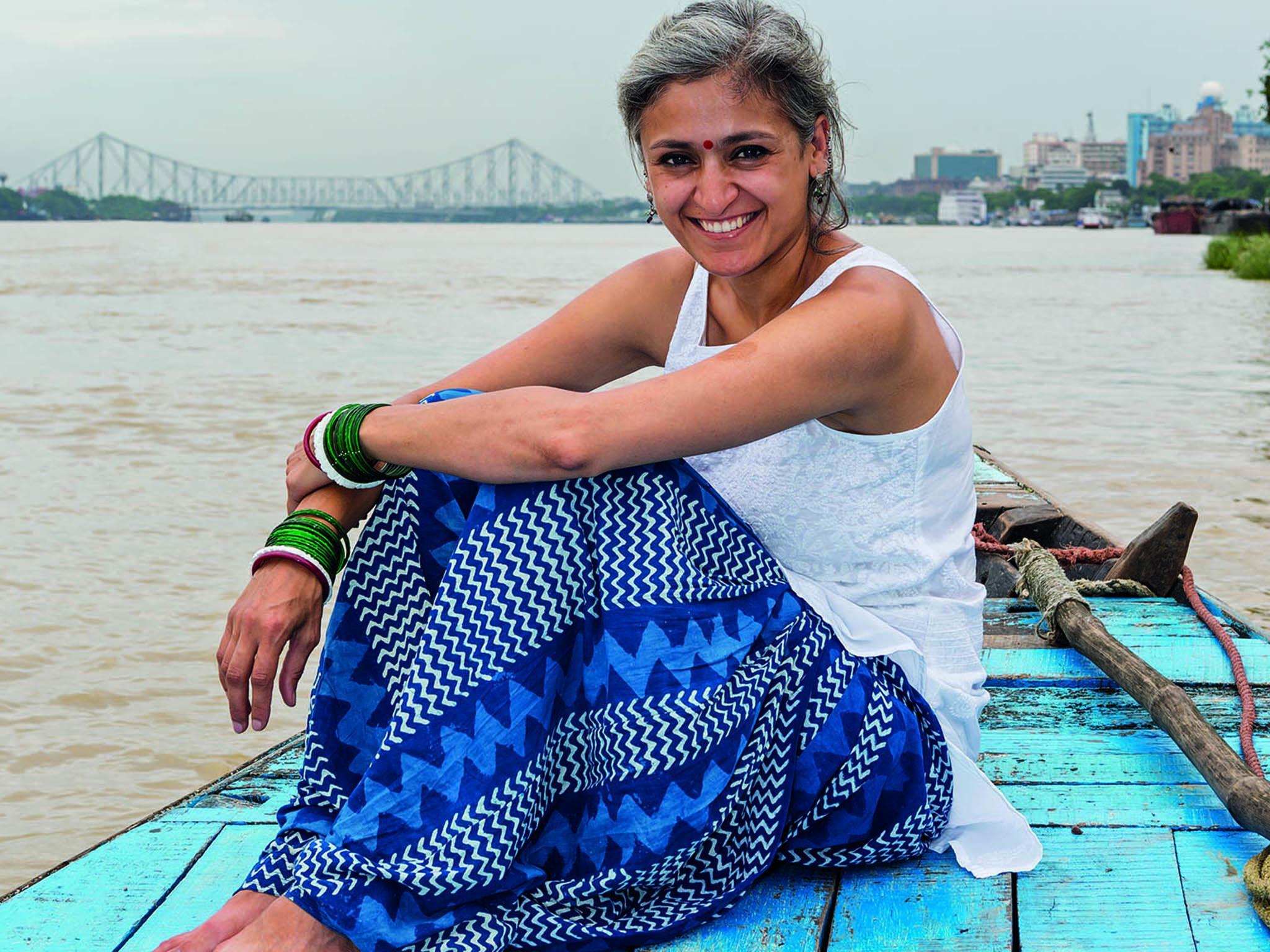
Your support helps us to tell the story
From reproductive rights to climate change to Big Tech, The Independent is on the ground when the story is developing. Whether it's investigating the financials of Elon Musk's pro-Trump PAC or producing our latest documentary, 'The A Word', which shines a light on the American women fighting for reproductive rights, we know how important it is to parse out the facts from the messaging.
At such a critical moment in US history, we need reporters on the ground. Your donation allows us to keep sending journalists to speak to both sides of the story.
The Independent is trusted by Americans across the entire political spectrum. And unlike many other quality news outlets, we choose not to lock Americans out of our reporting and analysis with paywalls. We believe quality journalism should be available to everyone, paid for by those who can afford it.
Your support makes all the difference.“Once I got the go-ahead for a second book, I knew it had to be different,” says Chetna Makan. Her new subject matter could not be more different to baking.
“I’ve always loved street food, and thought, ‘I have to do a book on street food,’” she adds.
You may recognise her from 2014’s Great British Bake Off where she reached the semi-finals, or her YouTube channel, Food with Chetna (which has just under 30,000 subscribers) or on Jamie Oliver’s channel, Food Tube. It was GBBO that fuelled her first book, Cardamom Trail: a beautifully photographed book full of Western-style bakes that have been given an Indian touch, whether it’s from a spice, gorgeous fruit or exotic colour; where every page is infused with something inspiring and wonderful, but still manageable enough to make yourself.
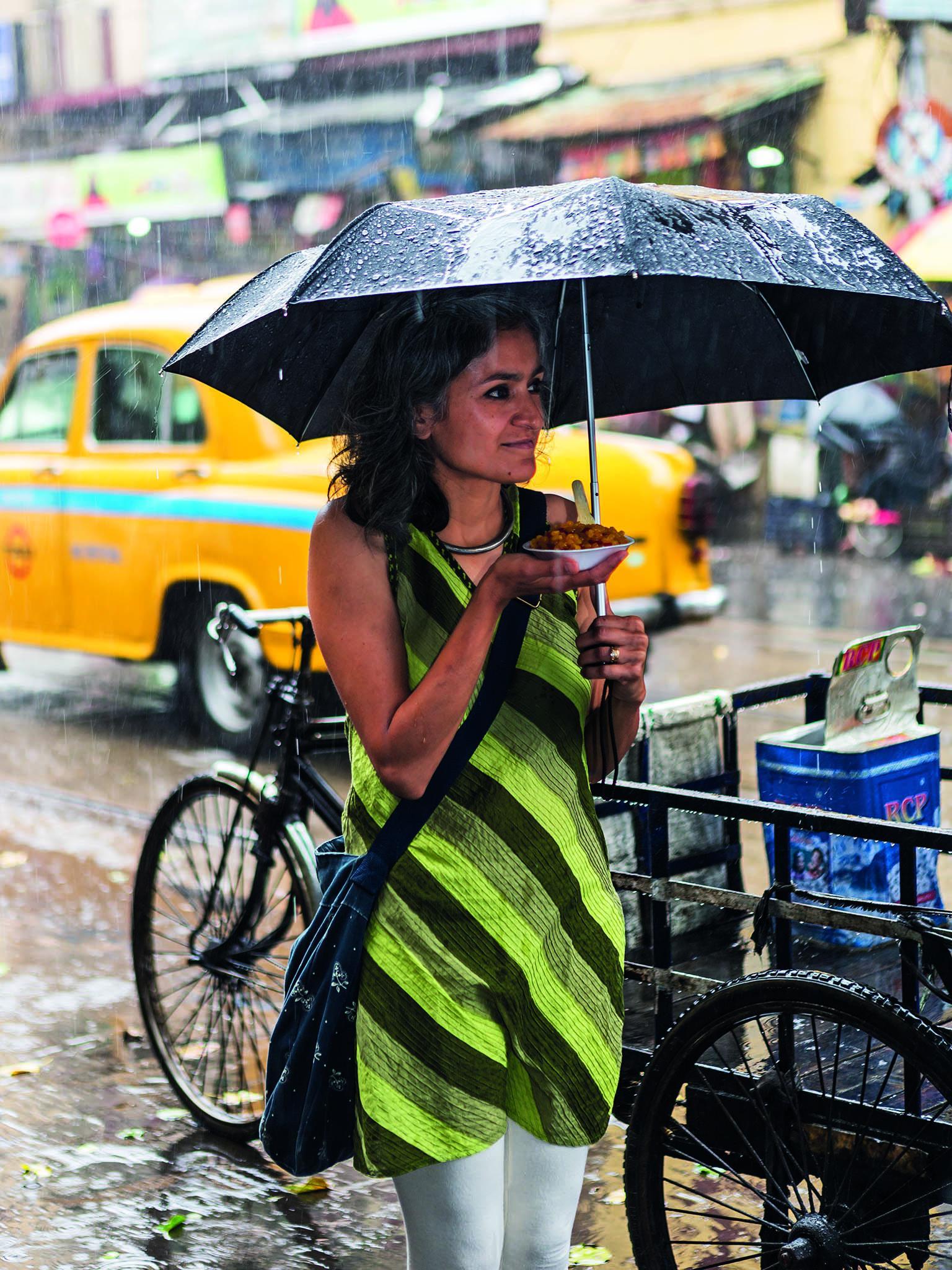
But Chai, Chaat & Chutney is an ode to the backbone of Indian food – the food that lines the streets and the bellies of the 1.3 billion people that inhabit it. Her childhood is full of memories of hopping onto the back of her dad’s scooter to go and eat chaat (a savour snack of fried dough) from a local stall. “The stall is still there and I still go and visit him when I go home,” she says. Although, she admits she’s not asked him the secrets to his recipe. “But I will one day,” she adds.
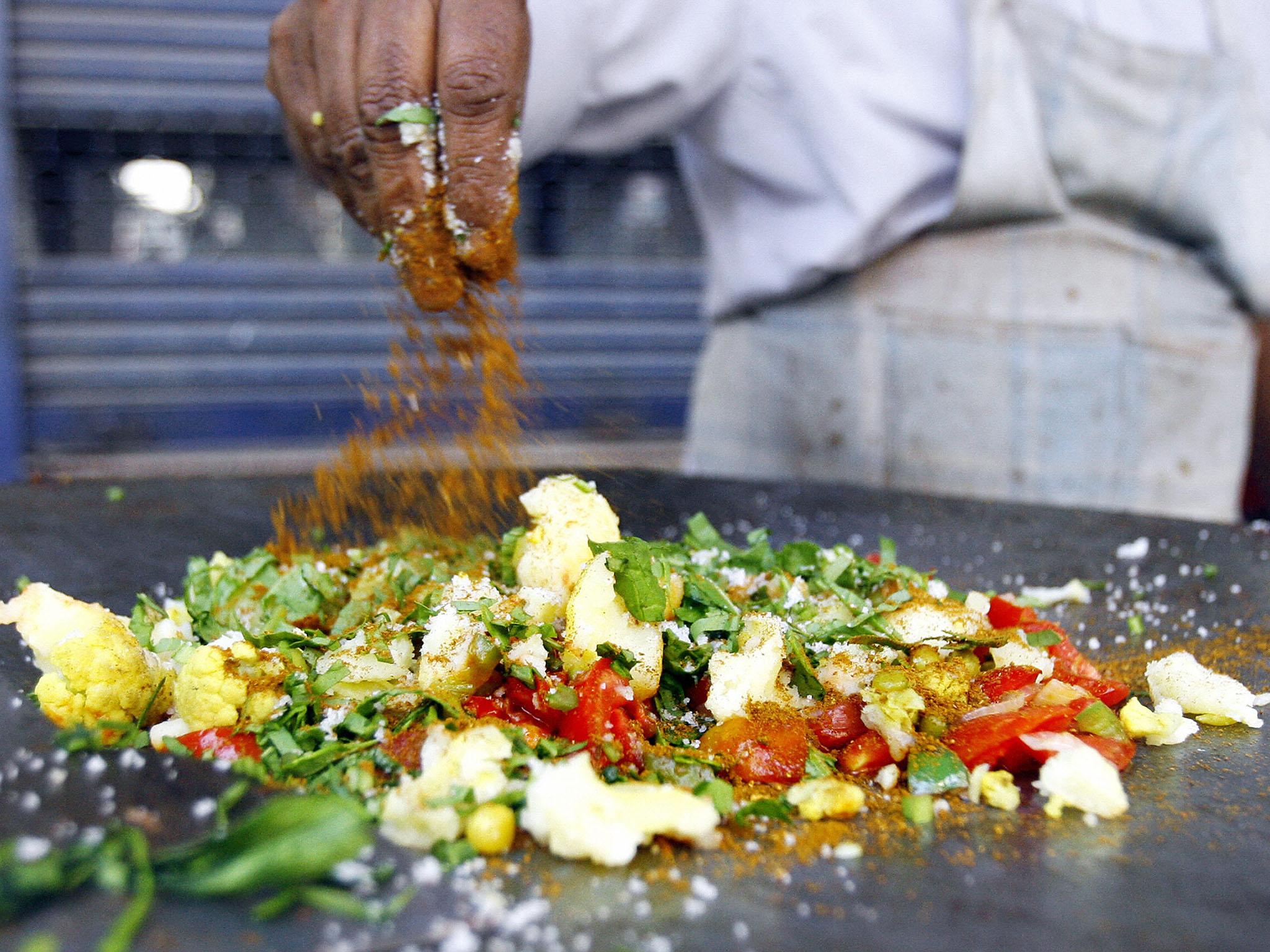
The street food movement has grown significantly over the past decade across the globe, which Makan credits to the rise of food festivals across the country. No longer does the idea of food on the street conjure images of soggy chips in cones or limp Mr Whippys, thanks to innovative pop-ups and home-grown food markets that have opened and thrived in their thousands.
So when it came to the mammoth task of attempting to decide what sort of recipes to include in Chai, Chaat & Chutney, the most logical way for Makan to organise it was by the major cities of the country, which conveniently for her, vaguely represent each point of a compass too.
“Everyone knows these cities, as they’re the four biggest, and they just so happened to cover north, south, east and west,” she says. It beings with Chennai in the south, moving to Kolkata in the west, then Mumbai in the east and finishes in the north with Delhi.
Even though Chetna is from – and grew up in – the central city of Jabalpur, she felt that it wasn’t well known enough to include in the book. “No one knows where that is,” she says. As her book was going to be sold in the UK, she felt it wasn’t so justifiable to include her hometown just for nostalgia’s sake and it didn’t have a certain dish that was solely native to only that part of India.
“I thought the four chapters make it relatable, and it wouldn’t work separating it into breakfast, lunch or dinner as most books do, as Indians eat all types of food at any time,” she says.
But that’s not to say the rest of the book is not dear to her heart, as it really is her own street food journey through India. Not only in going back to India to write this book, but because it follows the same types of food she grew up on and can associate with every stage of her life while living in India, from the stall near her village to the stalls in Mumbai where she studied fashion design.
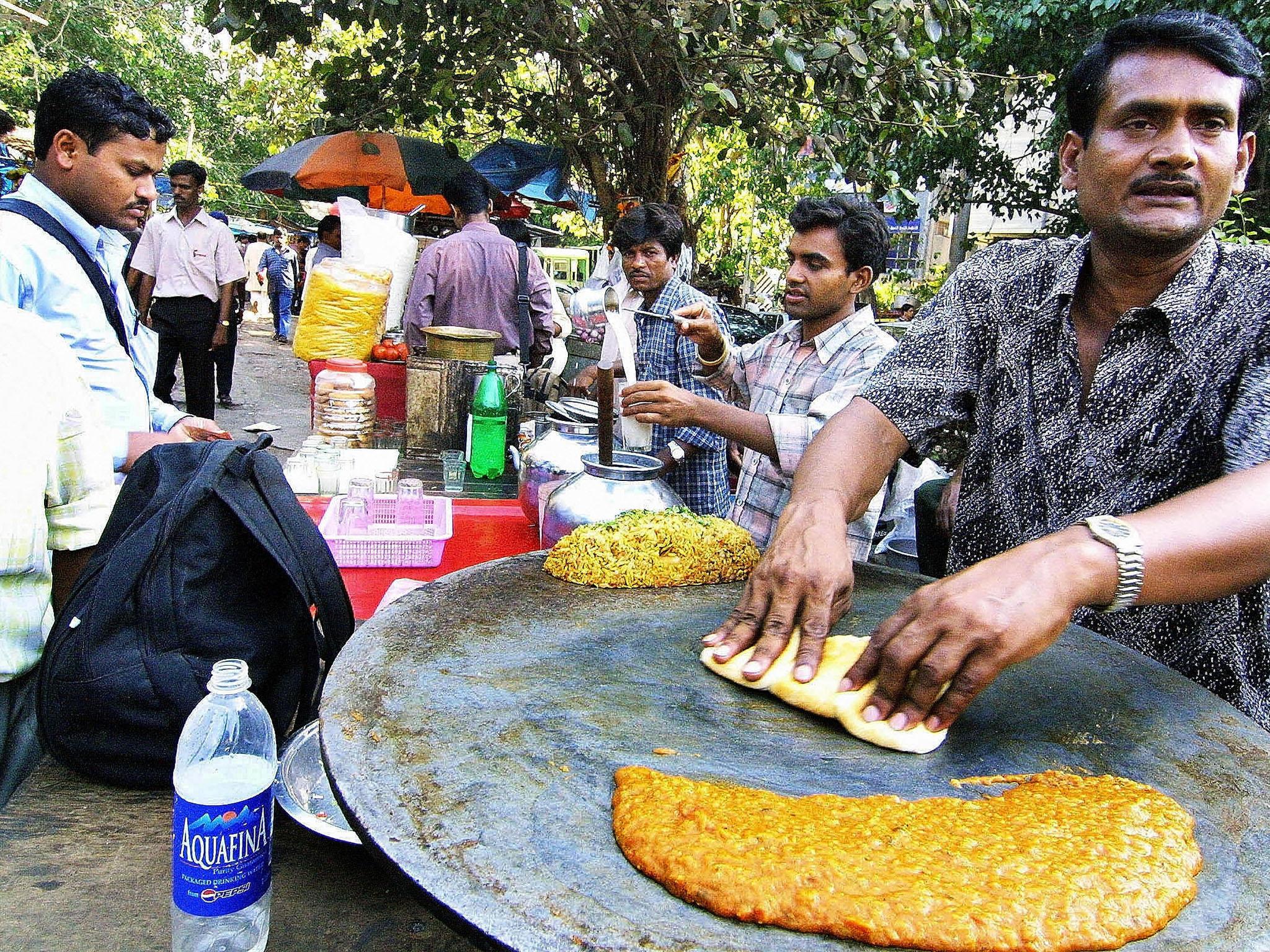
She describes Delhi as a sprawling city of contrasts – New Delhi is home to the shopping malls and expensive hotels while the northern part makes up the Old City where tiny roads become like swollen rivers, where horse and cart traffic weaves through markets and madness. And the Old City is where street food lives on at its best.
“Delhi is known for deep frying things and one of its most popular dishes is the chickpea curry and fried bread, which stands out and is also very moreish,” she says. And the more ghee and deep frying in Delhi, the better.
She describes Mumbai as the one city where you can find street food from the crack of dawn until after midnight. And it’s here that street food has changed the most.
“When I went back for the research, I found so much more variety in street food, which made me happy and surprised. Some places had totally removed the street food vendors and in others, there’s pizza and pasta stalls – I thought about including those, and then I decided not to. It’s not the real Indian street food.”
Across the country, some stalls she visited were happy to share their recipes, and let her in on their secret ingredients, but some were a little cagier. “But that was fine,” says Makan. “So whatever I could taste, I made it up myself,” she says.
But cooking as a career “wasn’t planned”. Makan studied fashion design in Mumbai and worked in the industry before moving to the UK. After having children, she cooked more and more and when the cult TV programme began in 2010, she applied and thought nothing of it.
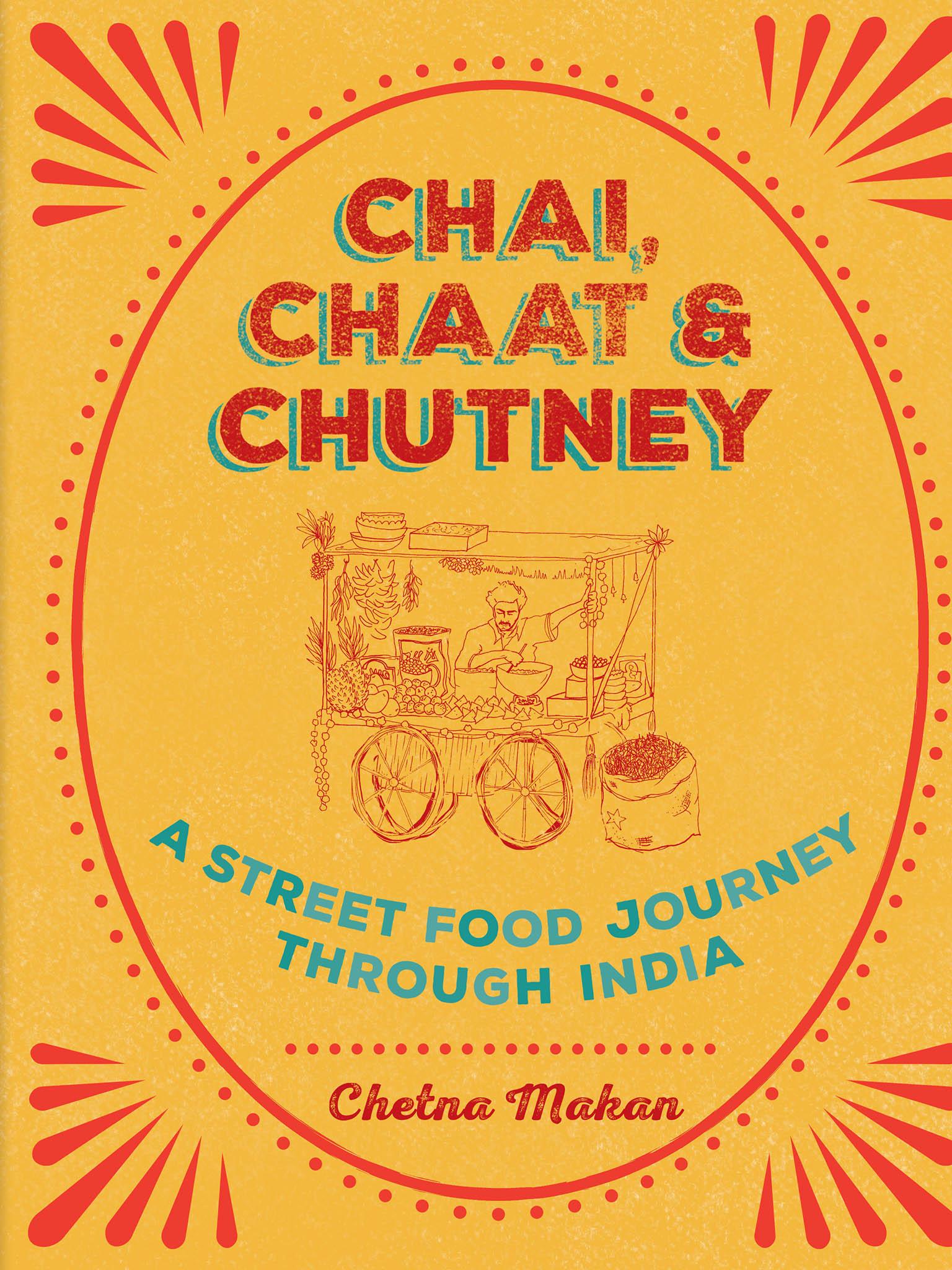
When she first moved to Kent in 2003, there wasn’t even a “bad Bangladeshi restaurant” and something as simple as getting the spices she needed was hard. “It was in the days when Tesco didn’t even have their world food aisles or an Indian range. So every six months (pre-kids), we’d drive to Southworld which is two hours away, and go to this specific shop and fill our boot with lentils. But we stopped about four or five years ago when Tesco did get some Indian food.”
Makan still finds it hard to locate certain vegetables and “proper” fenugreek. But on the flipside, she says these items have flown thousands of miles to get here, so actually she’d prefer not to use something that has travelled so far. Now things are much better – especially in London – where her favourite Indian place to eat is Dishoom. “You could actually be in Mumbai, even the chairs and décor feels like you could be in the cafes there.”
Chai, Chaat & Chutney is out now
Join our commenting forum
Join thought-provoking conversations, follow other Independent readers and see their replies
0Comments